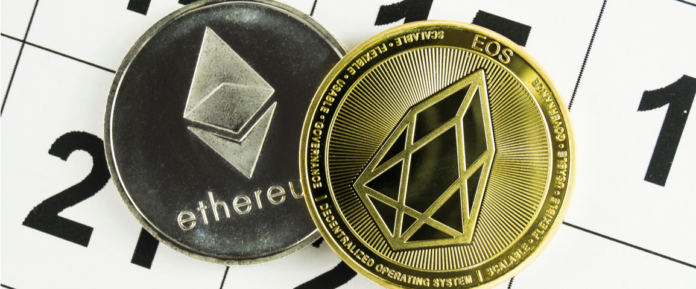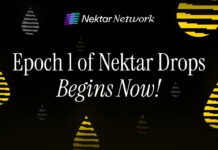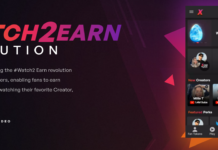
Often referred to as the ‘Ethereum Killer’, EOS was designed to alleviate the technological woes of its smart contract counterpart. Improvements include vastly improved scalability, speed, efficiency and of course—lower fees. In fact, when it comes to Ethereum dApps – whether that’s buying a virtual cat on CryptoKitties or playing a casino dice game, not only do the subsequent transactions take time, but they are attributable to ever-rising charges in the form of GAS.
It would appear that these issues are a thing of the past if one instead opts for the EOS blockchain. First and foremost, users are not charged when engaging with dApp smart contracts, as the system facilitates free transactions. Moreover, even at a scalability rate in the millions per day, the network does not suffer with overload or delays. As a result (and as outlined in the original EOS whitepaper), the platform has the underlying framework to “gain more widespread adoption”.
EOS Developers Brunt the Costs
However, upon further scrutiny, although those using dApps on the EOS blockchain are not accustomed to fees, it appears that those developing them are not so fortunate, reports Coindesk. This is because of the process that dApp developers are required to go through to get themselves onboard.
Developers need to ensure that they have a suitable amount of secured RAM, otherwise referred to as ‘state storage’ within the blockchain. Furthermore, developers also have to ensure that they have sufficient levels of CPU, as well as network bandwidth.
To put these underlying costs into numbers, consider PandaFun, a simple game launched on EOS, that according to Coindesk, had to buy $65,000 worth of EOS to secure the required RAM storage in order to get their dApp operational. After that, they also had to stake the same amount of EOS for their CPU requirements and finally, an additional $6,500 for bandwidth. All in – that’s a rather large amount of money for a game that PandaFun states “doesn’t cost that much” to produce.
These costs are in stark contrast to the kind of fees charged by the Ethereum platform for hosting dApps. Although there is no hard and fast rule as to how much it costs to develop on Ethereum, the deployment of a smart contract requires very little GAS, which in real-terms, amounts to a significantly lower value than its EOS counterpart.
Suggested Reading : Read our comparison article for an in-depth analysis of Ethereum vs EOS.
Does High Performance Demand High Costs?
So that leaves us in a bit of a predicament. Whilst there is no question that in its current form, the EOS blockchain performs significantly better than that of Ethereum, from a financial perspective it provides more questions than answers. Ultimately, dApp developers are being penalized in the form of substantial RAM, CPU and bandwidth demands; however, end-users are spared these costs.
On the other hand, while Ethereum smart contracts struggle to cope with growing demand, dApp developers are able to produce material at ultra-low costs. In conclusion, the EOS team will need to recognize that if costs continue to rise, they might force innovative developers to look elsewhere.

Unhashed.com is author of this content, TheBitcoinNews.com is is not responsible for the content of external sites.
Our Social Networks: Facebook Instagram Pinterest Reddit Telegram Twitter Youtube











